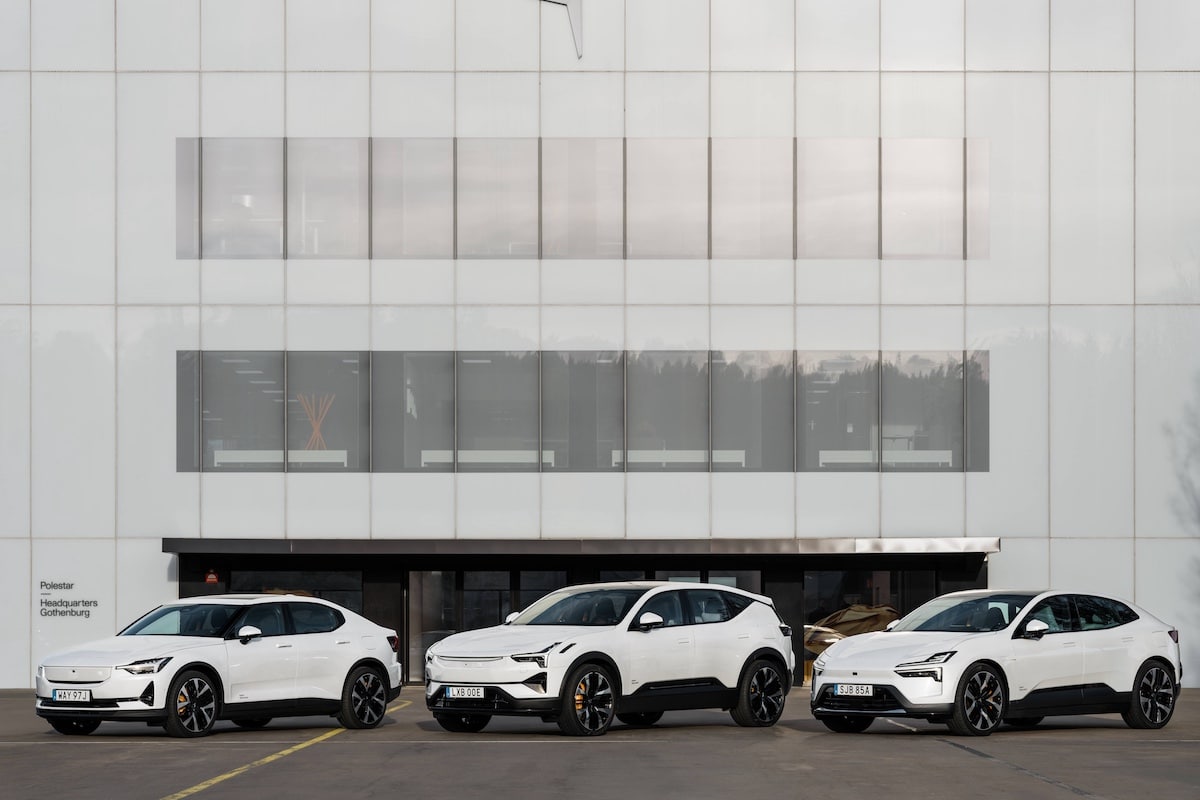Polestar is tired of losing money

It’s time for New Year’s resolutions for Polestar, which promises to turn the page in 2025 by becoming profitable and launching a new SUV.
Polestar aims high for 2025 with an ambition that might seem obvious: balancing its books. With a growth target of 30 to 35% annually until 2027, the Scandinavian brand plans to achieve positive EBITDA starting in 2025 and free cash flow by 2027. Given that single-digit growth is already an achievement in the electric vehicle market, we’re a bit worried for the Sino-Swedish manufacturer, but nothing ventured, nothing gained.
“2025 will be our best year!”, claims Michael Lohscheller, CEO of Polestar. We will chuckle once more before getting serious and affirming that it won’t be difficult. To achieve this, the brand is accelerating on all fronts: expanding sales, launching new models, and cutting costs. Geely, its main shareholder, will of course fully support this ambitious strategy with substantial Yuan investments.
Polestar is running against the clock
On the product side, Polestar is preparing the Polestar 7, a premium compact SUV, perfect for the most trendy segment. But isn’t it too late? Polestar has somewhat lost its way with sedans and has fallen behind significantly. Manufactured in Europe, this model will mark Polestar’s gradual transition to a unified architecture to simplify and reduce costs. Philipp Römers, head of design, promises a vehicle that will turn heads, with all the style and performance expected from a Polestar.
Polestar isn’t just about new models; it’s also strengthening its network. From 70 to 130 partners and from 36 to 57 sales spaces are planned across Europe and North America. And for online enthusiasts, online sales remain an option. The brand has finally confirmed its arrival in France in 2025, with expansion into Eastern Europe, Asia, and Latin America starting in 2026.
But to meet its goals, Polestar is also banking on CO2 credits, which could earn it millions starting in 2025. Traditional automakers struggle to meet their CO2 emission reduction commitments and have no choice but to buy credits from 100% electric manufacturers. For Tesla, this amounts to about a billion dollars per year. Ultimately, that’s where we’re the most confident about Polestar!
READ ALSO: Polestar sells poorly but plays with its concepts
This page is translated from the original post "Polestar en a marre de perdre de l’argent" in French.
We also suggestthese articles:
Also read





